The history of coffee is often into three waves, starting in the early 1800s. If you’re a history buff and a coffee lover, combine these two affairs and keep reading to discover everything you need to know about the three coffee waves.

This article teaches you everything you need to know about the three coffee waves, including major achievements, iconic companies, and traits. You also get a bonus about the so-called fourth wave coffee and find out the effects of these waves on modern-day consumers.
Table of Contents
- What are coffee waves?
- First-wave coffee
- Second-wave coffee
- Third-wave coffee
- Fourth-wave coffee
- The effects of coffee waves on modern-day consumers
- FAQ
- Closing thoughts
Let’s start by understanding what coffee waves are exactly.
What Are Coffee Waves?
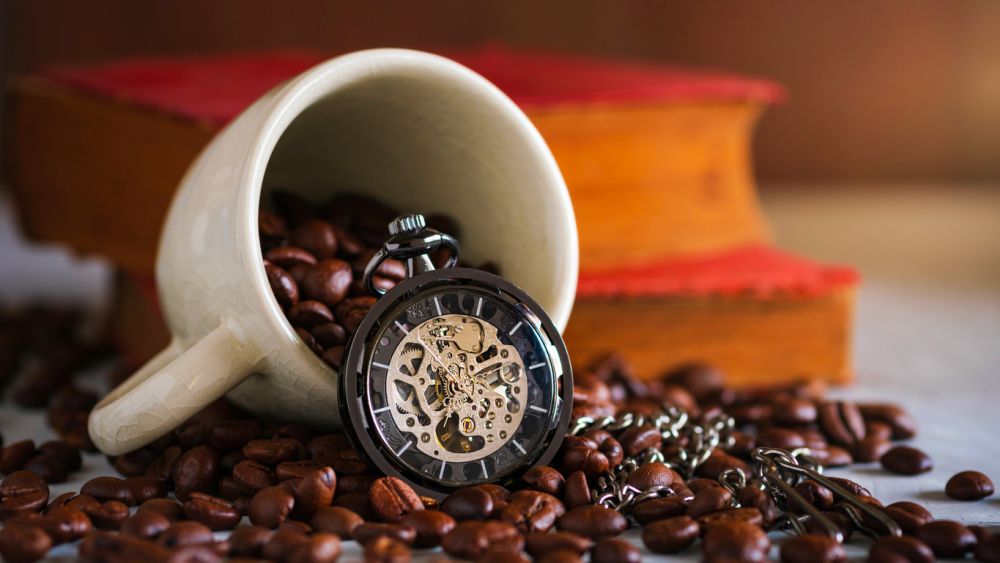
The term coffee waves is used to define certain key points throughout the modern-day coffee industry. Each of these points was focused on certain aspects of coffee manufacturing and consumption:
- First-wave coffee – Mass consumption and production
- Second-wave coffee – Quality and branding
- Third-wave coffee – Sustainability and craft
Before continuing with each of the three coffee waves, we need to clarify the following aspects:
- The waves did not start when mankind first started harvesting coffee, but rather somewhere during the 17th century.
- All three waves exist today since there are still coffee manufacturers that don’t focus on quality or sustainability.
- The waves are not mutually exclusive since a coffee manufacturer can tackle more than one aspect of each wave.
In the next section, let’s take a leap back in time and learn more about the first coffee wave.
First-Wave Coffee

Many credit the 1800s as the beginning of the first wave of coffee culture, particularly when Europeans started discovering the benefits of drinking coffee.
It was a simpler time for both consumers and coffee manufacturers since everyone was interested in drinking coffee for the caffeine.
No one cared about other traits like flavor, origins, or the idea of sustainable growth. The main focus was to have coffee readily available for everyone, making it a common household commodity.
While coffee existed in several different forms back then (e.g., instant, canned coffee, or diner coffee), people didn’t bother with any of that and just wanted their coffee to be hot, strong, fast, and cheap.
Coffee became so popular and affordable that many people believed the first coffee wave started the trend of free refills at diners (which you now mostly see in period movies).
In the next section, let’s take a look at the major achievements of first-wave coffee.
Major Achievements of First-Wave Coffee

While first-wave coffee may sound primitive and bleak, certain benefits have positively impacted modern-day coffee culture. For example, there were many revolutionary breakthroughs in packaging, allowing the coffee to be stored longer without significant quality loss.
The following are innovations of first-wave coffee:
- Airtight cans were indirectly invented by Peter Durand in 1810.
- Vacuum packaging was invented in 1900 by R.W. Hills, and it was a significant step up from airtight cans. Vacuum packaging prevented the coffee from coming into contact with oxygen, further preserving its flavor.
- Instant coffee was invented in 1890 by David Strang of Invercargill, and it was a game-changer in terms of convenience and mass production. Instant coffee permitted quick coffee brewing without any special equipment.
In the next section, let’s check out the coffee brands with the most significant impact on first-wave coffee history.
Iconic Companies in First-Wave Coffee History
- Hill Bros Coffee
- Maxwell House
- Satori Kato
- Mr. Coffee
- Nescafé
- Folgers
In the next section, let’s review the traits of first-wave coffee.
Traits of First-Wave Coffee

It’s quite easy to spot first-wave coffee nowadays: just check if the manufacturers focus on mass production rather than quality or sustainability.
Here are some of the characteristics of first-wave coffee:
- Cheap – Since the goal is to produce as much as possible, first-wave coffee is usually quite affordable, even the so-called premium type.
- Dark and bitter – Since first-wave coffee is low-quality, its manufacturer uses darker roasts to hide the origin characteristics (typical to Robusta beans).
- Artificial flavors – Besides using dark roasts, first-wave coffee brands use all kinds of flavorings to hide the taste of their sub-par coffee.
- Lack of origin info – While modern-day coffee showcases the bean’s origin country or details about its sustainable growth, first-wave manufacturers rarely (if ever) label that kind of information.
- Keywords – Most first-wave coffee manufacturers use words like best, gourmet, naturally, or premium to describe their coffee.
- Packaging type – Many first-wave coffee brands (not all) usually freeze-dry and vacuum-seal the coffee.
- Pre-ground – Most first-wave coffee manufacturers process the coffee on your behalf. If they don’t have a whole-bean option, the coffee’s quality is likely sub-par.
- Location – You know how most supermarkets have their store-brand version of just about anything? Most of the time, store-brand coffee is first-wave coffee.
In the next section, let’s take a step further and explore second-wave coffee.
Second-Wave Coffee
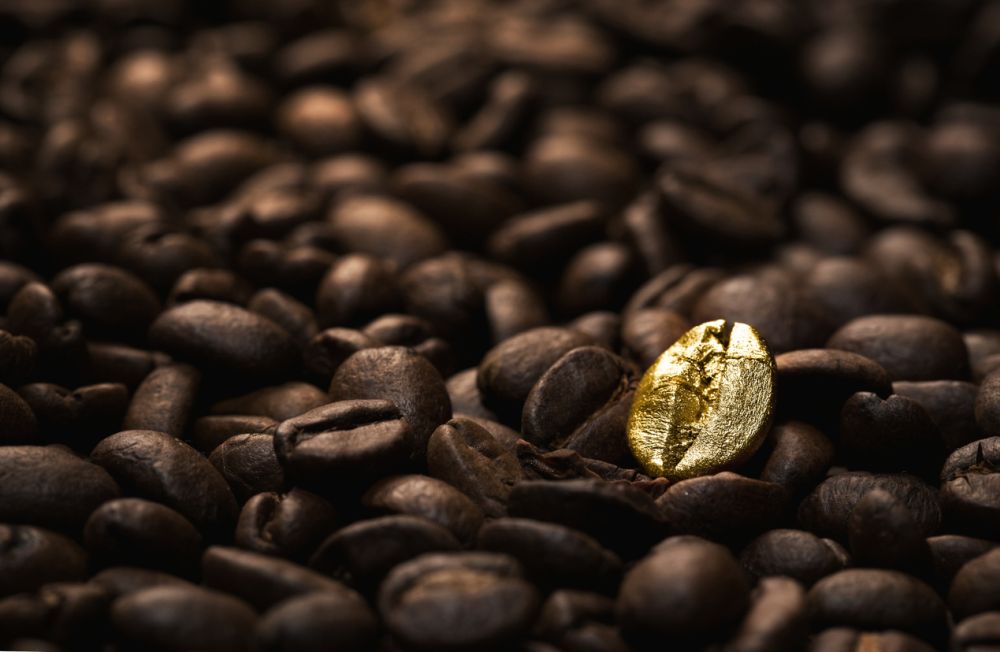
The second-wave coffee culture shows the first signs that coffee manufacturers and consumers become more interested in quality.
A driving force behind the rise of the second wave was the market competition between major coffee exporting countries, such as Brazil and Colombia.
People started noticing that coffee from different countries had different flavor profiles, which only deepened their interest in trying out various coffees. This led to a focus on quality, which in turn led to an emphasis on things like bean selection, roasting profiles, and brewing methods.
To put it bluntly, people were getting tired of drinking coffee just for the caffeine fix.
Many coffee manufacturers noticed that coffee had become the center of social gatherings. And that’s how large coffee shop chains finally appeared, such as Starbucks.
With the second wave of coffee, we started seeing a more global approach to coffee. The first effect of the second-wave coffee was that companies were sourcing their beans, as they had started to look for the best coffee beans worldwide.
The second effect of the second-wave coffee was that new brewing methods were being developed and popularized, such as espresso and cappuccino.
The third effect of the second-wave coffee was the rise of the barista, as making a fantastic cup of coffee required both skill and experience.
In the next section, let’s find out the major achievements of second-wave coffee.
Major Achievements of Second-Wave Coffee

The following are milestones of second-wave coffee manufacturing:
- Different types of coffee – Regular brewed coffee was no longer the only option, as people could choose from various coffee drinks, such as espresso or French press coffee.
- Enhancing coffee – People realized that coffee mixed with syrups and flavorings tasted pretty good.
- The rise of Arabica – Most coffee manufacturers didn’t care about whether they were harvesting Arabica or Robusta beans. But as the taste for coffee became more refined, Arabica slowly became the favorite bean.
- Coffee machines – New types of coffee makers were developed, such as espresso machines.
- Socially-focused coffee shops – Coffee shops were no longer the place to go, order a coffee, pick it up, and leave. They became a reason for people to hang out, work, or even socialize.
In the next section, let’s review the iconic companies in second-wave coffee history.
Iconic Companies in Second-Wave Coffee History
- SCAA
- Starbucks
- Port City Java
- George Howell
- Howard Schultz
- Dutch Bros. Coffee
- Peet’s Coffee & Tea
- Seattle’s Best Coffee
- It’s A Grind Coffee House
- The Coffee Bean & Tea Leaf
- Caribou Coffee Company, Inc.
In the next section, let’s discover the characteristics of second-wave coffee.
Traits of Second-Wave Coffee
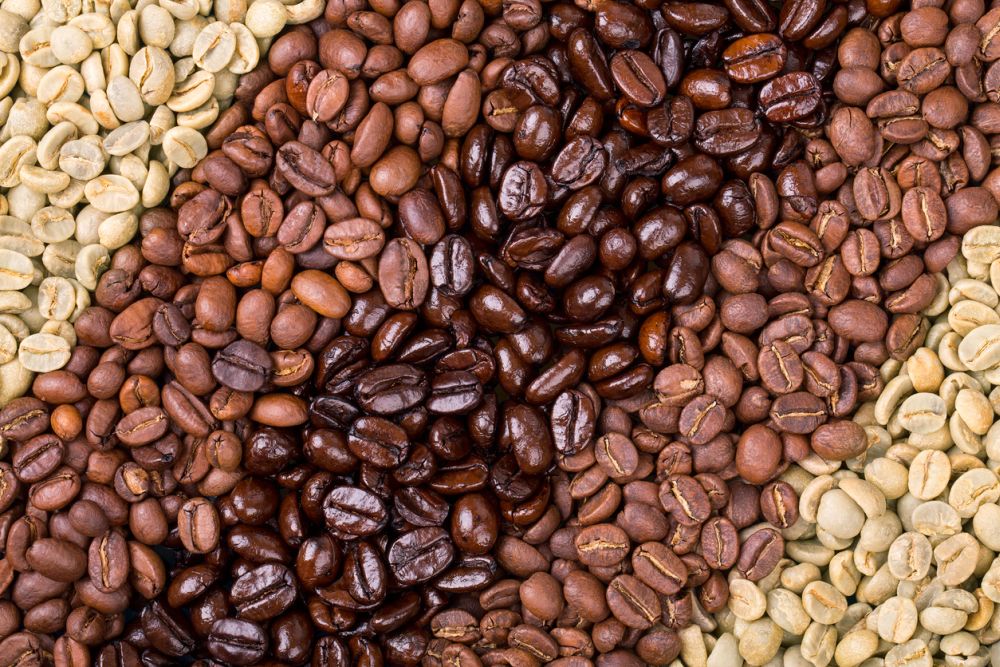
As coffee taste refined, second-wave coffee manufacturers have started to focus more on quality.
The following are ways to identify second-wave coffee:
- Fairly dark, bitter coffee – Coffee was not like today, and dark roasts were being used to mask the flavor of sub-par beans.
- Flavored drinks – They should not be confused with the artificial flavorings of first-wave coffee. Flavoring drinks with various syrups helped mask some of the lesser qualities of the coffee bean.
- Espresso-based coffee – Second-wave coffee marks the rise of espresso and all drinks made with espresso, such as cappuccino, latte, and mocha.
- Some origin information – Second-wave coffee makers list the bean’s origin country, but this information is limited, especially in coffee blends.
- Coffee blends – These become increasingly popular, especially when all beans come from the same country, so part of the origin story is somewhat preserved.
In the next section, let’s arrive at the present and investigate third-wave coffee.
Third-Wave Coffee

The third coffee wave marks an even higher focus on quality and the coffee bean.
A single-origin approach to coffee becomes obvious, as manufacturers start sourcing the best beans from specific regions. Plus, coffee beans begin emphasizing the bean selection, roasting profiles, and brewing methods.
What results is better-tasting coffee. And a new breed of coffee drinker emerges: the connoisseur. This is someone who appreciates all coffee aspects, from the bean selection and roasting process to the brewing method and final cup.
Third-wave coffee eventually becomes associated with specialty coffee, a coffee type that has been crafted with great care and attention to detail.
In the next section, let’s discover the major achievements of third-wave coffee.
Major Achievements of Third-Wave Coffee
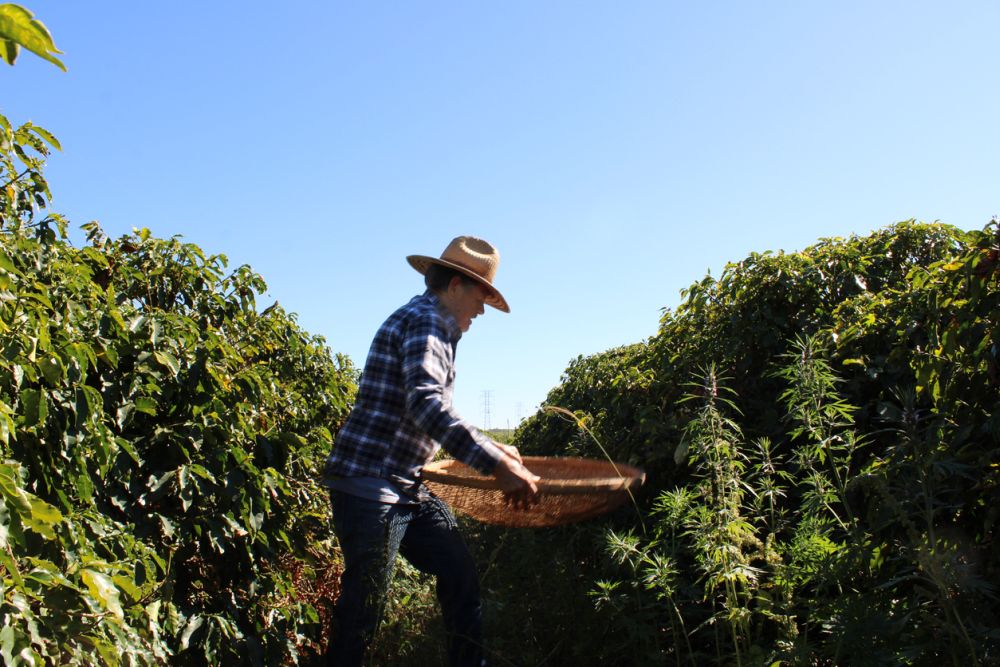
The following are some of the milestones achieved by third-wave coffee:
- Top quality – Coffee manufacturers source the best beans and use the best brewing methods to produce the best possible cup of coffee.
- Farmers – With the rise of specialty coffee, companies start paying attention to fair trade and direct trade, which are ways to support farmers and ensure they are getting paid fairly for their beans.
- Environment – As the popularity of specialty coffee increases, coffee brands become aware of sustainability and environmental responsibility.
- Alternative brewing methods – Coffee enthusiasts no longer rely only on regular coffee or espressos. They start experimenting with alternative brewing methods at home, such as pour-over or French press.
These milestones demonstrate that third-wave coffee is all about quality, transparency, and specialty coffees.
In the next section, let’s discover the coffee brands with the biggest impact on third-wave coffee history.
Iconic Companies in Third Wave Coffee History
- Intelligentsia Coffee & Tea in Chicago
- Stumptown Coffee Roasters of Portland
- Blue Bottle Coffee in Oakland, California
- Counter Culture Coffee in North Carolina
- Verve Coffee Roasters in Santa Cruz, California
In the next section, let’s discover the unique characteristics of third-wave coffee.
Traits of Third-Wave Coffee
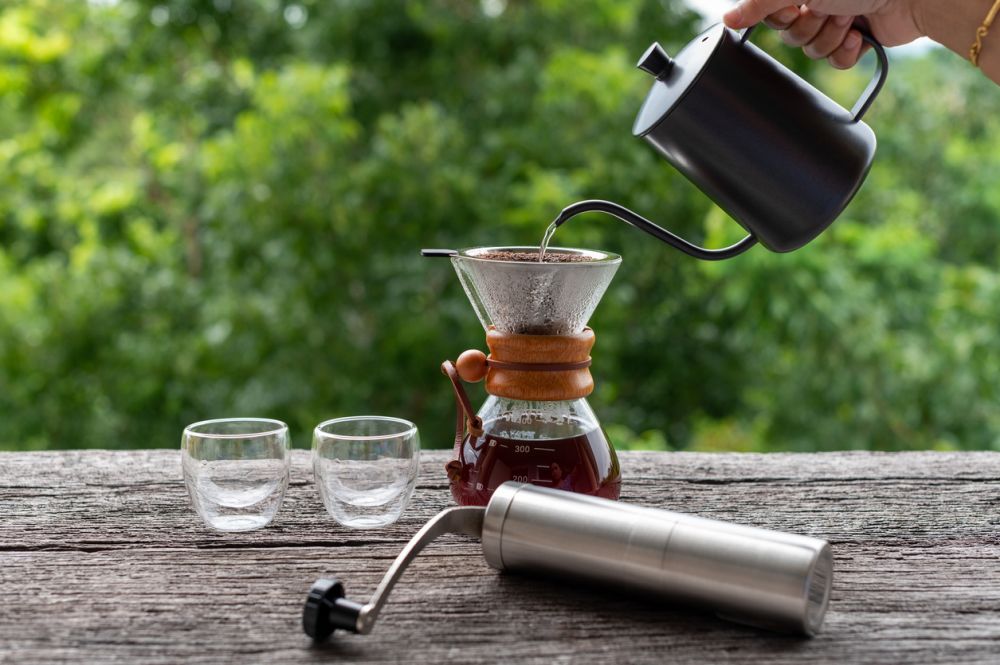
The following are some defining aspects of third-wave coffee:
- A focus on transparency – Coffee brands reveal more information about the bean origin country, roasting process, and brewing methods.
- Single-origin coffees – These become popular, as manufacturers source their beans from specific regions.
- Lighter roasts – Since the quality of coffee beans is significantly higher, lighter roasts that emphasize the beans’ natural flavor are becoming more popular.
- Brewing guides on labels – Most third-wave coffee is made using certain brewing methods, so the packaging comes with brewing guides to help you get the most out of your beans.
- Grind size matters – Since the brewing method is now vital, the grind size also becomes essential for brewing the perfect cup of coffee.
In the next section, let’s check out the so-called fourth-wave coffee.
Bonus: Fourth-Wave Coffee
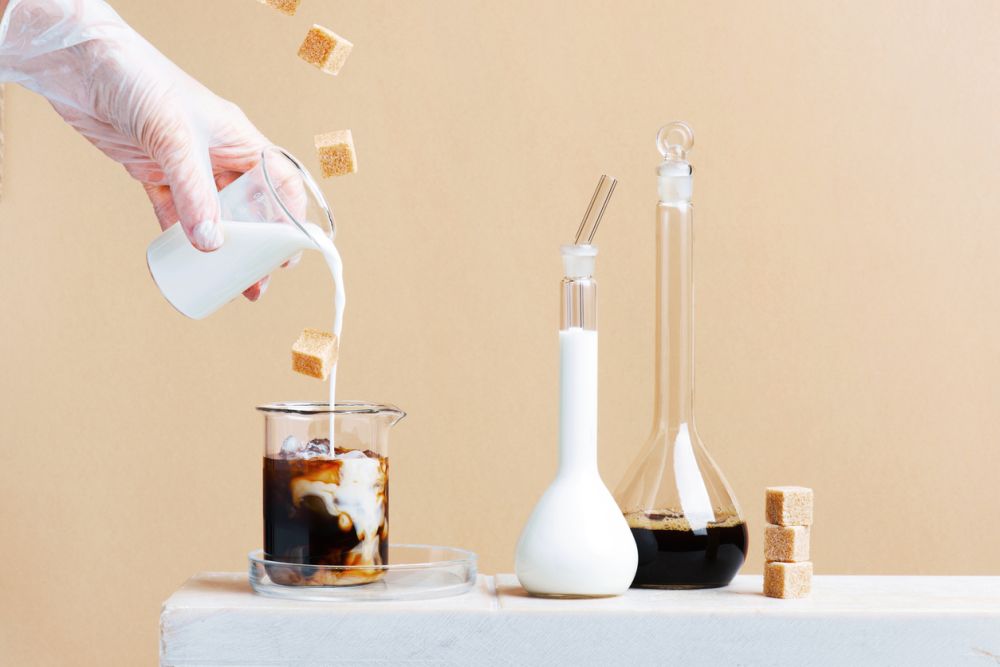
There is much debate on whether there is a fourth-wave coffee coming or just a refinement of the third-wave coffee teachings.
Most experts believe that the fourth-wave coffee movement will focus on information, scientifically and socially.
Firstly, extensive studies show what exactly makes coffee tick. So it’s essential to pay closer attention to every detail that can influence a coffee’s quality: coffee sub-varieties, growth environments, water optimization, harvesting techniques, the relationship between roast and flavor, and how CO2 affects the coffee’s quality.
Secondly, the results of these studies must be readily available to the general public of the fourth-wave coffee movement. This way, coffee-making transitions from an art form into an almost scientific endeavor.
As mentioned earlier, the existence of a so-called fourth-wave coffee movement is up for debate. But one thing is for sure: the coffee world is constantly evolving, and there’s always something new to learn.
In the next section, let’s discover the impact of the three coffee waves on today’s coffee fans.
The Effects of Coffee Waves on Modern-Day Consumers
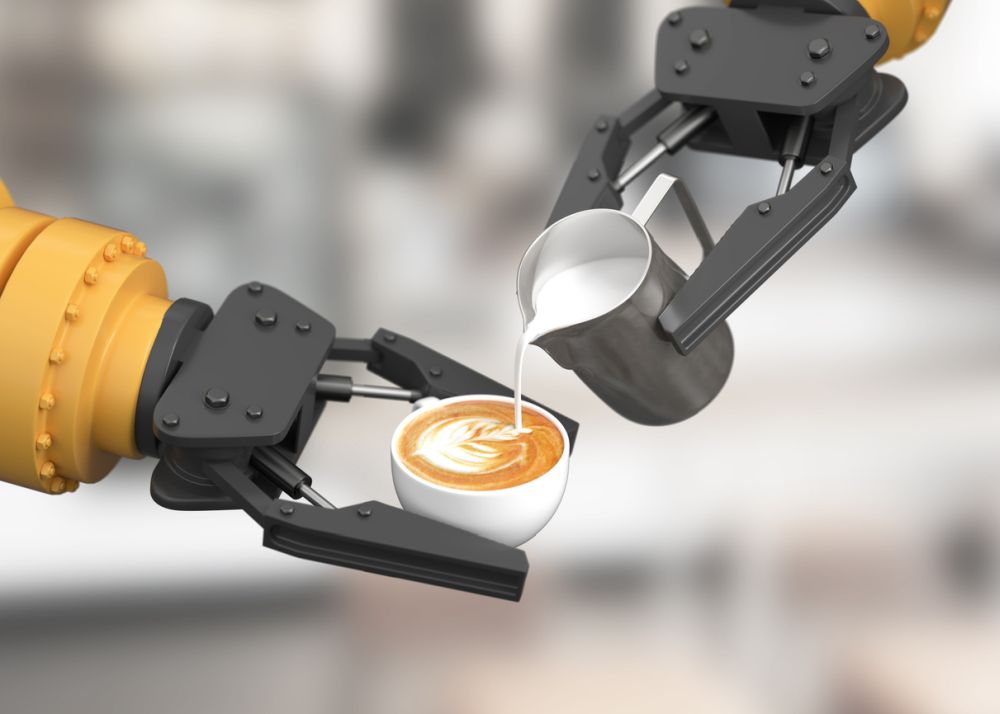
Since all three coffee waves are currently present, they play a big role in consumer behavior. For example, all three coffee types allow more choices, which can be both good and bad.
It’s good to have so many options since you have better chances of finding the perfect coffee for your taste. On the other hand, all those options can be overwhelming since it’s easy to feel paralyzed by the many coffee varieties without someone to guide you.
Some people don’t regard the third-wave coffee movement as an improvement, as they continue drinking coffee for the caffeine benefits only, without caring about the flavor that much. Besides, not everyone can afford single-origin Arabica coffee or specialty coffee, so the first-wave coffee is a life-saver.
In the next section, you can learn more about the three coffee waves.
FAQ
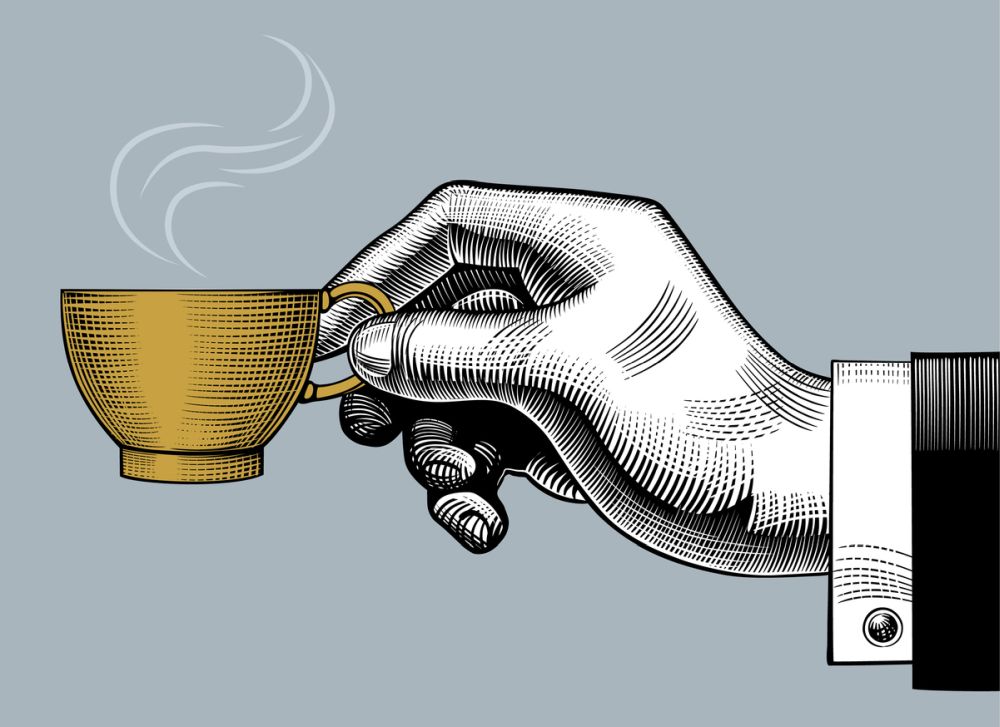
This section answers some of the most commonly asked questions about the three coffee waves:
What is the third-wave coffee movement?
The third-wave coffee movement is all about elevating coffee to an artisanal product. This includes everything from sourcing high-quality beans to using the best brewing methods.
People are now more aware of how the origin, roast level, grind size, and brewing methods directly affect their coffee tastes.
What wave is Starbucks?
Starbucks became synonymous with second-wave coffee, as it was among the first companies to focus on branding and marketing.
But Starbucks has been trying recently trying to re-brand itself as a third-wave coffee company by sourcing higher quality beans and offering more brewing methods.
When did the third wave of coffee begin?
The term third-wave coffee was coined in 1999, but its idea started as early as the 1970s.
The next and final section summarizes the entire article on the three coffee waves.
Closing Thoughts
We hope this article has helped you understand the different coffee waves and how they have shaped the coffee industry as we know it today.
Each wave has brought something new to the table, and all of them are still present in today’s world. So whether you’re a first-wave coffee drinker or a third-wave coffee enthusiast, there’s always something new to learn about coffee.
Which coffee wave do you feel you belong to? Let us know in the comments below!
Leave a Reply